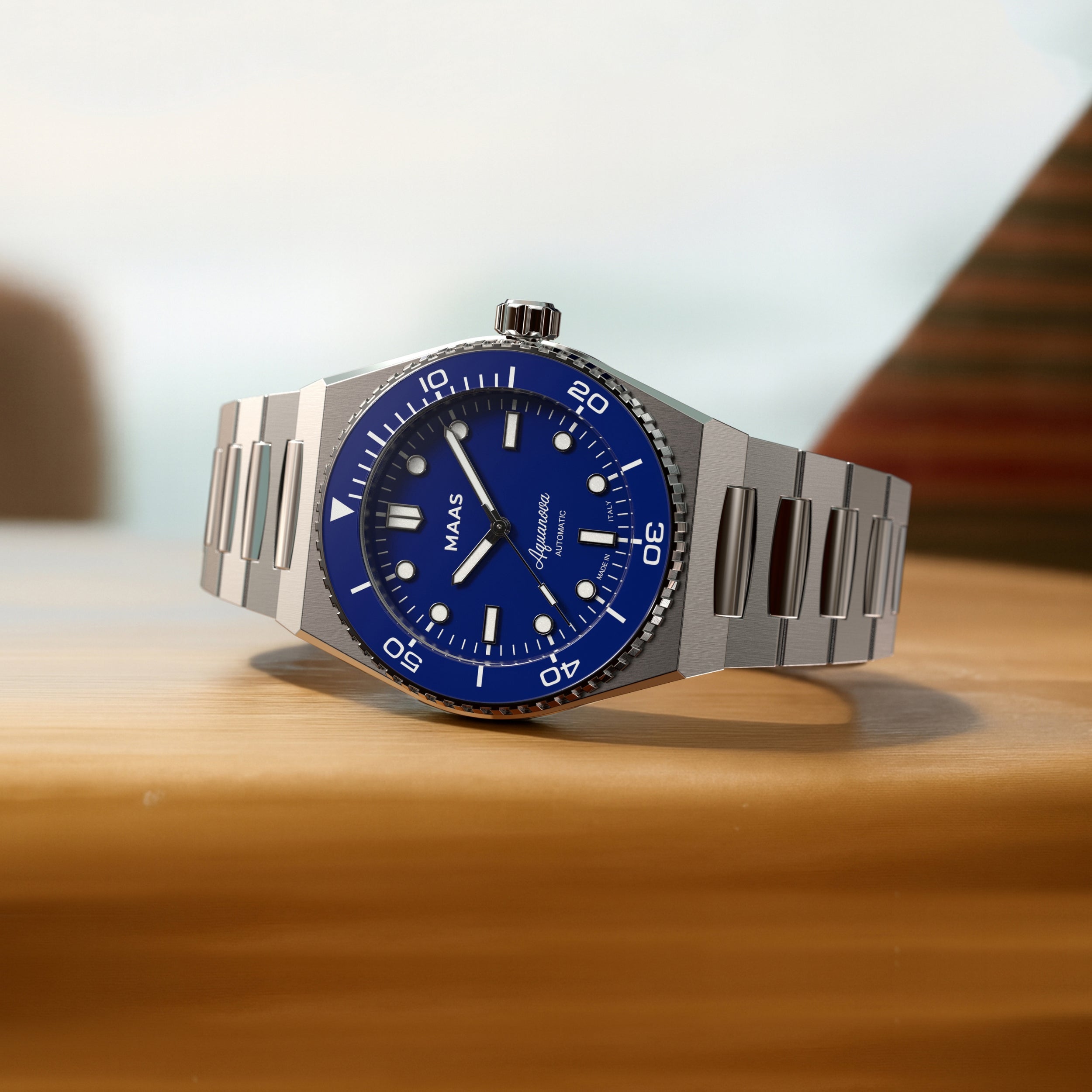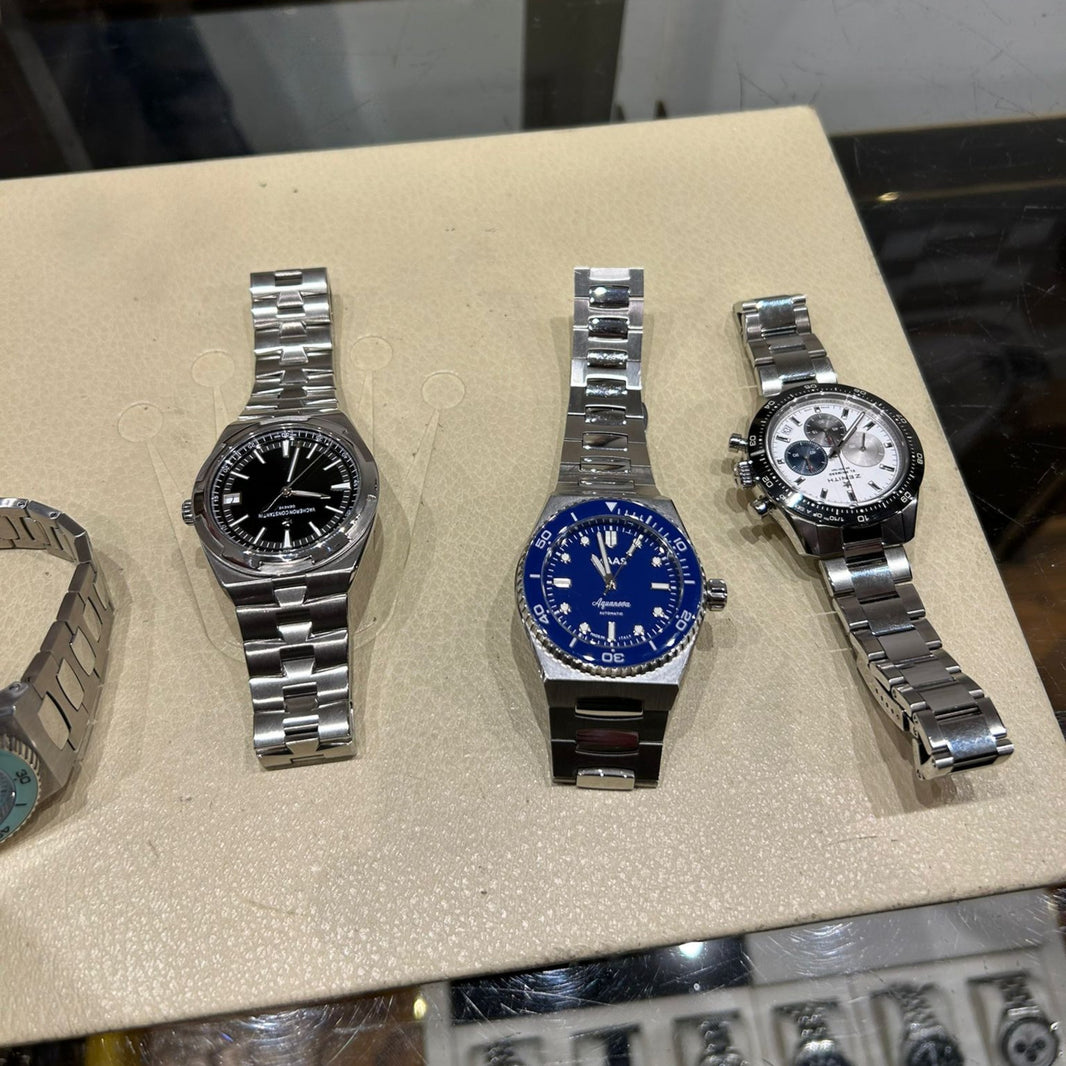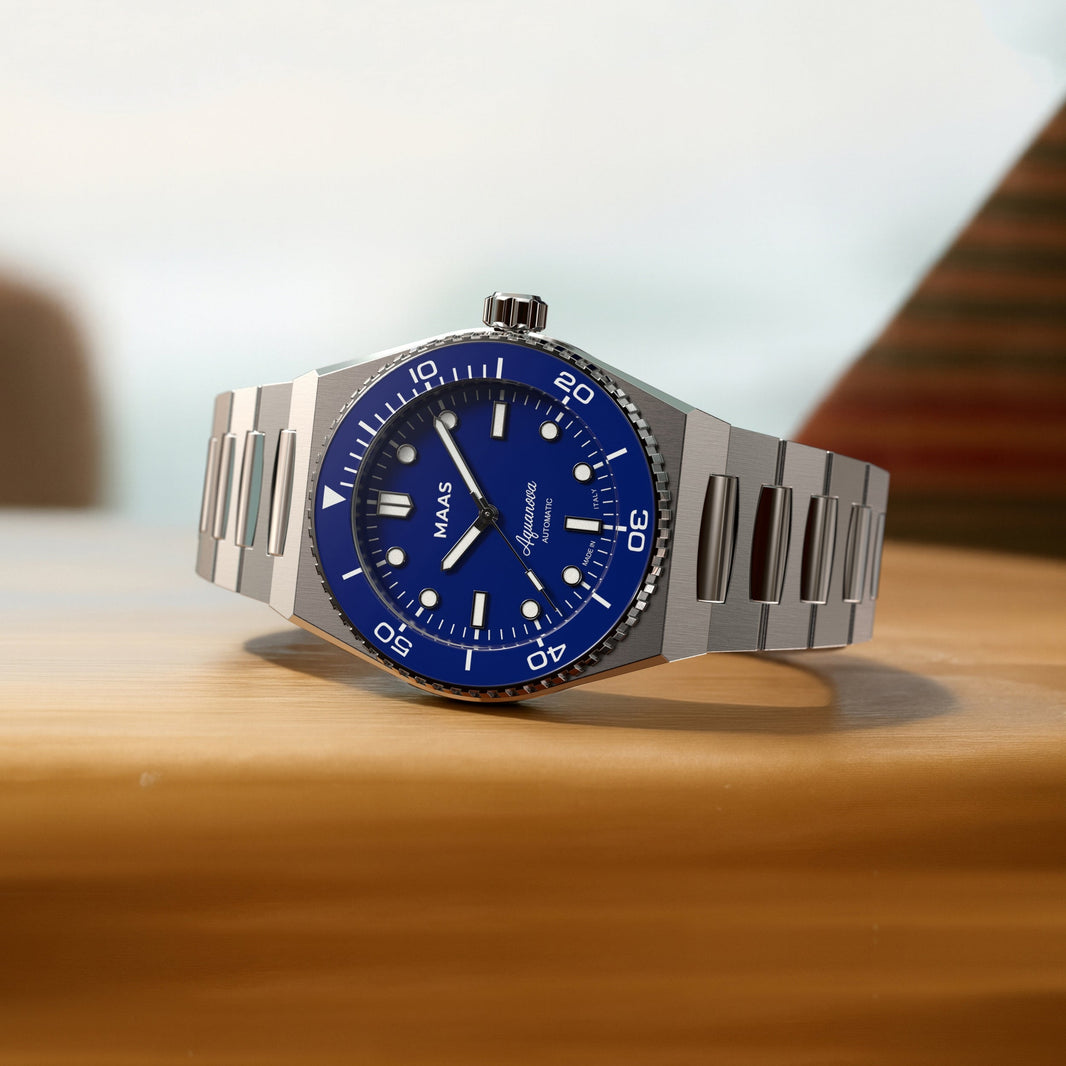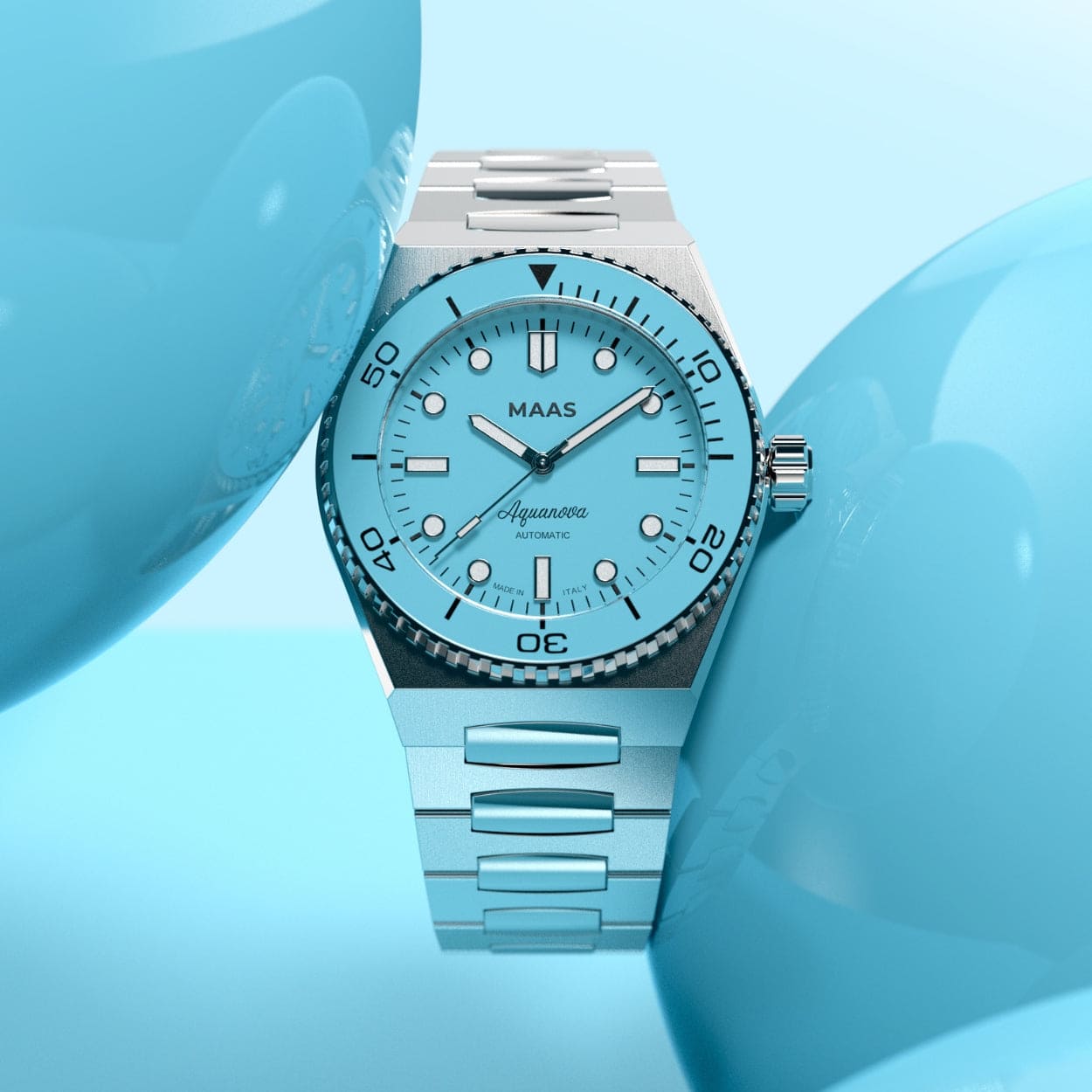The Frame That Defines a Watch.
On a watch, every detail serves a purpose, and few elements embody that balance between form and function as gracefully as the bezel. It’s the ring that frames the dial often overlooked, yet essential to both the design and performance of a timepiece. The bezel defines the watch’s character, gives it presence, and in many cases, determines its purpose. From sleek dress watches to rugged divers, the bezel quietly tells a story of heritage, craftsmanship, and utility.
Originally, the bezel was purely functional. In early tool watches, it was designed to measure, calculate, or record helping divers keep track of time underwater, pilots measure flight times, and travelers track multiple time zones. Its rotating mechanism allowed for simple yet critical calculations when precision mattered most. Over time, however, the bezel evolved from a tool to a statement. Watchmakers began to treat it not just as a technical component, but as a defining feature of design the frame that gives the dial its visual harmony and depth.

A polished fixed bezel brings elegance and balance, catching light subtly around the wrist without distraction. A brushed steel bezel adds texture and strength, exuding purpose and resilience. Meanwhile, a ceramic or titanium bezel introduces modernity scratch-resistant, enduring, and sleek, engineered for the demands of daily life. Each material tells a different story, yet all serve to complete the composition of the watch, much like a frame completes a work of art.
Functionally, the bezel also plays a vital protective role. It secures the crystal, shielding the dial and movement beneath from dust, water, and impact. Its design and construction often reveal a watch’s intent a coin-edged bezel hinting at tool-like precision, a smooth polished ring suggesting sophistication, a rotating insert pointing to exploration and adventure. In that sense, the bezel is more than decoration; it’s the interface between the wearer and the mechanism within.

But perhaps the true beauty of the bezel lies in its subtlety. It’s not the star of the show it’s the stage on which the dial performs. It adds proportion, contrast, and structure, creating the perfect transition between the world inside the crystal and the craftsmanship of the case. Furthermore, it’s the bridge between aesthetics and engineering, between what we see and what we feel.
In the language of watchmaking, the bezel is the punctuation it defines the tone, shapes the personality, and gives rhythm to the design. Whether understated or bold, functional or decorative, it remains an integral part of what makes a watch timeless. Because even the smallest frame, when crafted with purpose, can transform time itself into something worth admiring.







